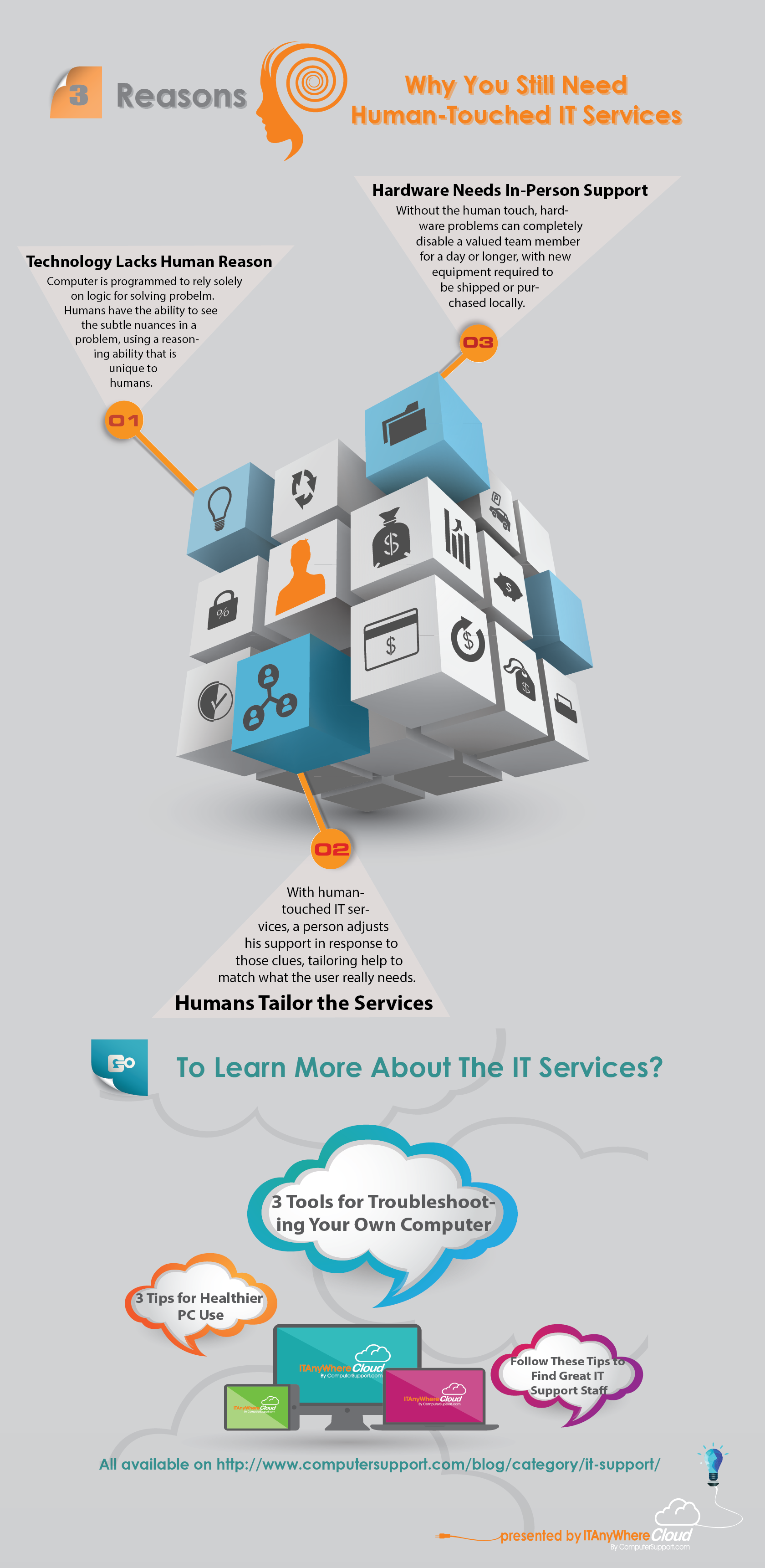5 Reasons a Smart IT Strategy is Essential to Business Growth
If you’re struggling with your business IT strategy, you’re among millions of company owners worried theirs isn’t built for scale. Perhaps you’re skeptical why you should be implementing scale strategies into your IT planning?
We recently surveyed some of our clients. Their top three concerns in the coming year are:
- Developing advanced cloud-computing technologies into their current systems. It’s no surprise savvy IT departments have discovered the benefits of network more of their systems in a Cloud-based structure.
- Migrating more of their systems to third-parties. The cost-savings are obvious. Based on our internal research, more of our clients see the value in outsourcing their security risk prevention to experts.
- Analyzing their current IT manpower expenses to pinpoint wasted expenses.
Reason #1: Evaluate Your IT Expenses
Think about buying IT services rather than products. For example, invest in learning the benefit of running application softwares on Cloud servers. The capital investment will be far less than purchasing licensed software for each of your users.
Reason #2: Open Up to Open Source
Smart business owners are beginning to see the benefit of using open source software products. What’s striking is many of these applications mimic ones that can cost as much as $695 per user.
Many companies now use open source word processing and spreadsheet software such as Open Office. It’s bundled with many additional programs similar to ones offered by the costly Microsoft Office.
Reason #3: Internet Telephone
If you haven’t migrated your telephone services to voice over Internet protocol (VoIP), you’re missing an enormous cost reduction in your monthly communications expense. You will be impressed at the savings by converting your telephone services to an Internet-driven broadband connection.
Reason #4: Lease Services Rather Than Own
Give up investing in hardware assets. Instead, consider purchasing Cloud-based server space from one of the hundreds of leading providers. Many CFOs are evaluating their on-site tech-related expenses only to discover it’s becoming cost-prohibitive to own technology.
We recommend taking a hard look at your annual hardware/software investments. Then compare your expenses to renting Cloud server access. You will find the cost is far less than investing in your on-site technology.
Reason #5: Globalize Your CRM
New business prospecting has been transformed over the last five years due to online management services. For instance, migrating your CRM database to SalesForce will give you global access to prospects rather than relying on clunky, outdated in-house software.



